Is Transcendental Meditation the Same as Mindfulness?
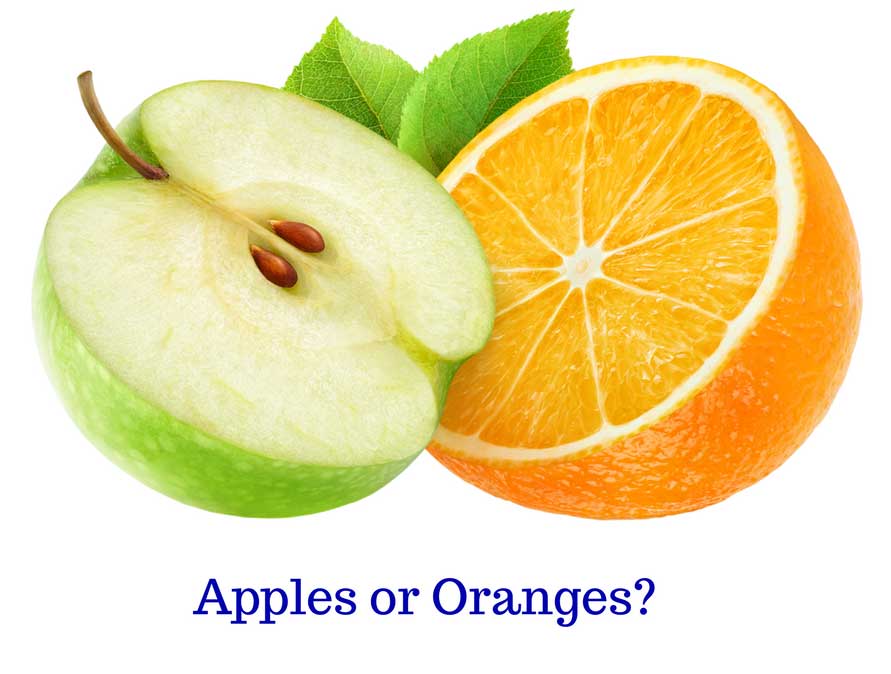
The National Center for Complementary and Integrative Health (NCCIH), a U.S. government entity within the National Institutes of Health (NIH), describes meditation: “Meditation may be practiced for many reasons, such as to increase calmness and physical relaxation, to improve psychological balance, to cope with illness, or to enhance overall health and well-being.”
We don’t meditate for the sake of meditation, even though we may thoroughly enjoy the process—we meditate for the overall improvements in our lives that result from meditation.
Research now shows that different meditation techniques engage the mind in different ways and produce different effects on the mind, body and behavior. Some techniques involve watching your thoughts or focusing on your breathing or bodily sensations. Others employ concentration, visualization or trying to clear your mind of thoughts. There are also guided meditations, contemplation or meditating for insight or inspiration.
The Transcendental Meditation technique is unlike all of these—in fact, it’s a completely different process. As the value of meditation becomes widely recognized, researchers are increasingly trying to understand the differences among approaches.
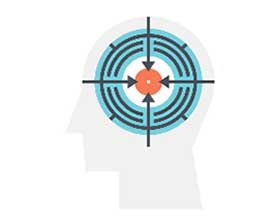
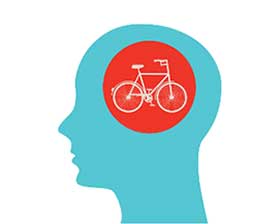
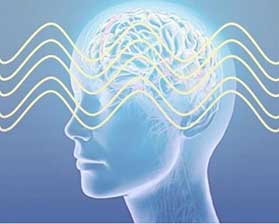
Concentration meditations require some mental effort (i.e., holding attention on a thought or object or maintaining a stance of mindfulness). The purpose of concentration techniques is to develop a single-minded attention directed at some object: focus on an image, a breath, a candle flame, or a word or phrase, continually returning one’s attention to this object.
Mindfulness comes from a Buddhist tradition, but is being taught in a secularized context in the West.
Dr. Norman Rosenthal, a 20-year researcher at the National Institute of Mental Health, celebrated psychiatrist and best-selling author, states, “Transcendental Meditation is not the same as a Mindfulness technique. We often get the comment, ‘Why should I pay to learn TM when I can learn mindfulness for free?’ The first thing to ask is… which mindfulness technique? There are as many mindfulness techniques as there are teachers (or books) of mindfulness.”
When it comes to mindfulness meditations, there is no one standard and no consistency. As psychologist, author and professor Thomas Joiner wrote for the Washington Post, “It’s true that numerous studies seem to support the benefits of mindfulness for a variety of life problems. Yet headlines tend to oversell what the studies show. And the effects of mindfulness seem to fade under the scrutiny of rigorous and tightly controlled experiments.”
It is not my intent to criticize mindfulness but to simply point out the differences between TM and the many methods all grouped together under the category of Mindfulness. Though trying to be mindful, as a method of meditation itself, may not bring substantial reward, being naturally mindful in daily life—more in the moment, more aware, more alert—is something that happens spontaneously as a result of the TM practice.
The Transcendental Meditation technique involves no concentration, mindfulness, or contemplation—it is an automatic self-transcending meditation technique that allows the mind to go beyond thought, beyond the meditation process itself. TM automatically leads to the experience of “consciousness itself” without any objects of awareness, called “transcendental” or “pure” consciousness.
TM is easy to learn and has been learned by almost eight million people worldwide. To date there have been about 400 peer-reviewed published scientific studies showing the many benefits of TM. In fact, the National Institutes of Health has already funded over $26 million dollars of research on the benefits of Transcendental Meditation.
Transcendental Meditation induces a host of healthy biochemical and physical changes in the body—including changes in metabolism, heart rate, respiration, blood pressure and brain chemistry; it affects the body because whatever we do with our mind affects our body. The TM practice produces natural profound rest in the mind that spontaneously correlates with a drop in metabolism—deep physical relaxation—an effortless way for anyone to relieve stress, gain inner peace and promote mind-body health. No other meditation programs produce the same physiological response or the same broad range of benefits.
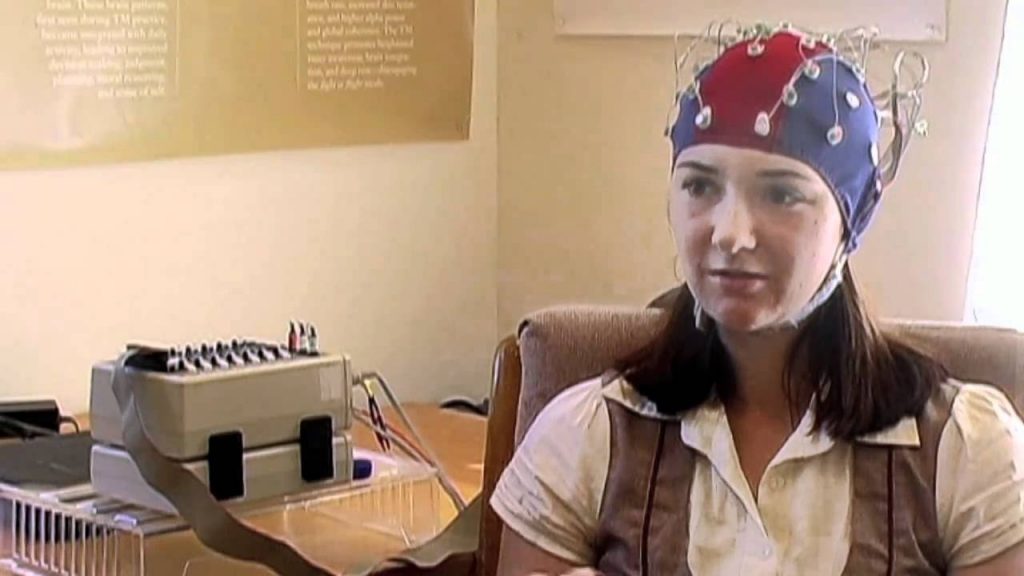
Published meta-analyses of studies of many different meditation and relaxation methods have shown that the Transcendental Meditation technique produces deeper rest than other practices and is more effective for reducing anxiety and depression, alleviating drug abuse, reducing high blood pressure, reducing health care utilization and costs, and increasing psychological health and self-actualization. In addition, neural imaging and EEG studies indicate that the Transcendental Meditation program is the only meditation known to create widespread brainwave coherence and an increase in brain integration.
Dr. Rosenthal emphasizes, “This evidence that TM can prevent heart attacks and strokes over years and prolong life…I’ve never seen that for any other form of meditation. I think that’s a unique data set from follow up going over decades.”
According to a 2013 statement by the American Heart Association , the Transcendental Meditation technique has been shown to lower blood pressure and may be considered for the prevention and treatment of hypertension . The report also said that there was not enough scientific evidence to recommend other meditation or relaxation techniques at that time. The Transcendental Meditation technique can reduce heart attack and stroke by 48%.
According to an article in Forbes: “Perhaps its greatest benefit is that it’s relatively quick to learn and easy to master. No waiting weeks or months of practice before you see results: TM cuts right to the chase, taking only days —or for some, minutes—before one feels reprieve from their painful and overwhelming thoughts.”
Some people criticize the fact that there is a charge to enroll in the TM program. Yes, there is a fee to learn TM, but, as a non-profit educational organization, that fee allows us to have certified teachers throughout the nation who have gone through extensive, standardized teacher training programs. In addition to learning a technique with scientifically proven results, the one-time course fee includes a lifetime of consistent worldwide follow-up and support.
The word “meditation” and the phrase “meditative practice” are commonly used generically. However, differing “meditation practices” are not the same in either their purpose, practice or their effects. So how do you choose which meditation to learn? Do your homework.
About the Author
Amy Ruff, RN BSN, is the education director and director of TM for Nurses nationally in the United States.





